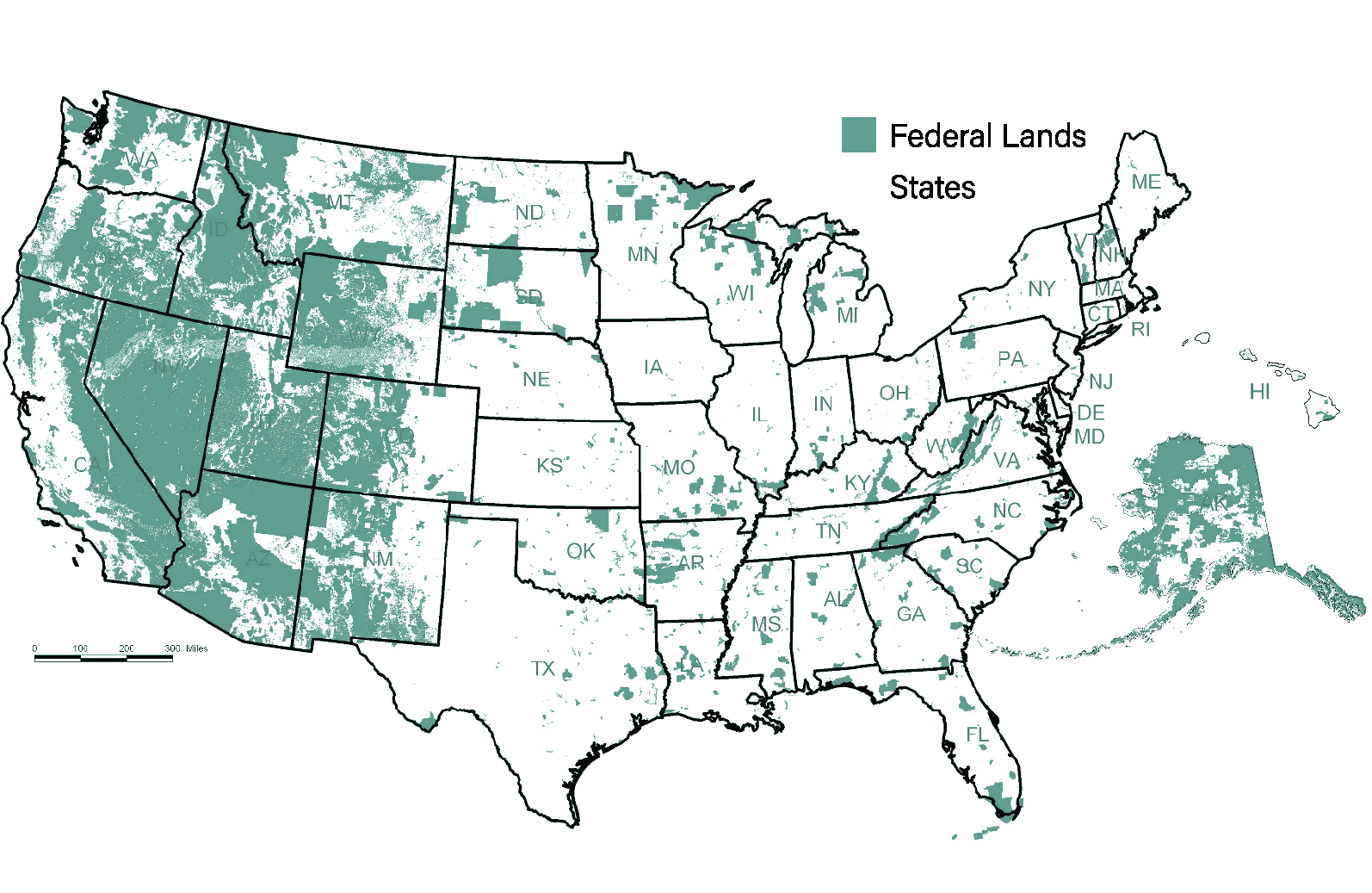Policies
Numerous policy requirements must be addressed before sheep grazing can begin. We’ve pulled together some of the lessons we learned along the way.
National Legislation
Public Land
Grazing permits or leases are required to undertake any type of grazing on public and Bureau of Land Management administered lands.
Private Land
The United States Department of Agriculture outlines a broad set of considerations through the Natural Resources Conservation Service. The NRCS provides information about prescribed grazing in Practice Code 528.
Natural Resource Conservation Service : the government agency charged with providing technical assistance to farmers and other private landowners.
Practice Code 528 : a set of guidelines including the criteria to qualify, the environmental considerations, plans and specifications, and the relevant operations and maintenance components of prescribed grazing.
Local Municipal Guidelines
City ordinances vary depending on the location, but one should consider the following relevant legislation before implementing a prescribed grazing program. To find planning ordinances, search for the “Animals and Fowl” chapter in city municipal codes.
Zoning Laws
Zoning laws outline which animal types are permitted, the number of animals allowed, and the minimum distances from buildings, property lines, and sidewalks in each area of a city.
Animal Welfare Laws
The regulations defining the minimum requirements for basic humane treatment of animals including adequate space, sanitation, and the disposal of remains.
Nuisance Laws
Nuisance laws address activities that generate unreasonable levels of noise, smells, pollution, and blight.
University Guidelines
Regulations will vary at the university level and depend largely on the specific type of university. For example, land grant universities, research universities and universities with an animal science or vet program are more likely to already have an established set of protocols for the use of livestock on campus grounds.
Generally, animal research in a university setting is guided by two national organizations:
Institutional Animal Care and Use Committee (IACUC)
The organization responsible for overseeing all research and instruction involving vertebrate animals. Prior to the start of any project involving animals, the principal investigator must submit a written summary of the animal use protocol for evaluation to ensure that all animal welfare standards are met through federal, state, and university laws and regulations.
USDA Animal Welfare Act
The federal law that establishes the requirements for the humane treatment for animals that are exhibited to the public, sold as pets, used in research, or transported commercially. When using animals in a university setting, one must be prepared to pass unannounced inspection of facilities compliance by a USDA inspector.
For the Sheepmowers Project at UC Davis, project investigators were required to apply for and receive an approved animal use protocol from IACUC before any prescribed grazing was allowed on campus (See appendix XX for a copy of the approved application). Requirements of the protocol included animal safety and welfare training for all project participants and a constant human presence on site with the sheep (shepherds) at all times.
Stakeholders
For the implementation of sheep grazing on the UC Davis campus, stakeholders at all levels of the university came together to oversee the success of the project.
Sheep Facility
Allowed usage of 25 of its sheep
Provided on-site training to student shepherds
Assisted with set-up and equipment needs
Delivered and picked up sheep daily during grazing event
Grounds & Landscape Services:
Suggested location for sheep grazing
Determined fencing requirements (electric fence with a 5’ buffer and perimeter snow fencing)
Located and marked underground utilities prior to snow fence installation
Coordinated ongoing management of the site (mowing of “control” side)
Arboretum & Public Garden
Supported initial project conception
Collaborated with research team on IACUC protocol application
Integrated grazing project into university-wide “Healthy UC Davis” campaign
Campus Planning & Landscape Architecture:
Provided permission to bring sheep onto campus lawns
Promoted project across multiple university platforms
Undergraduate Student Researchers:
Set up shepherding program and student internship
Created research protocols
Determined site furniture needs
Prepared for site set-up and take-down procedures
University Public Relations
Wrote press release and distributed widely





